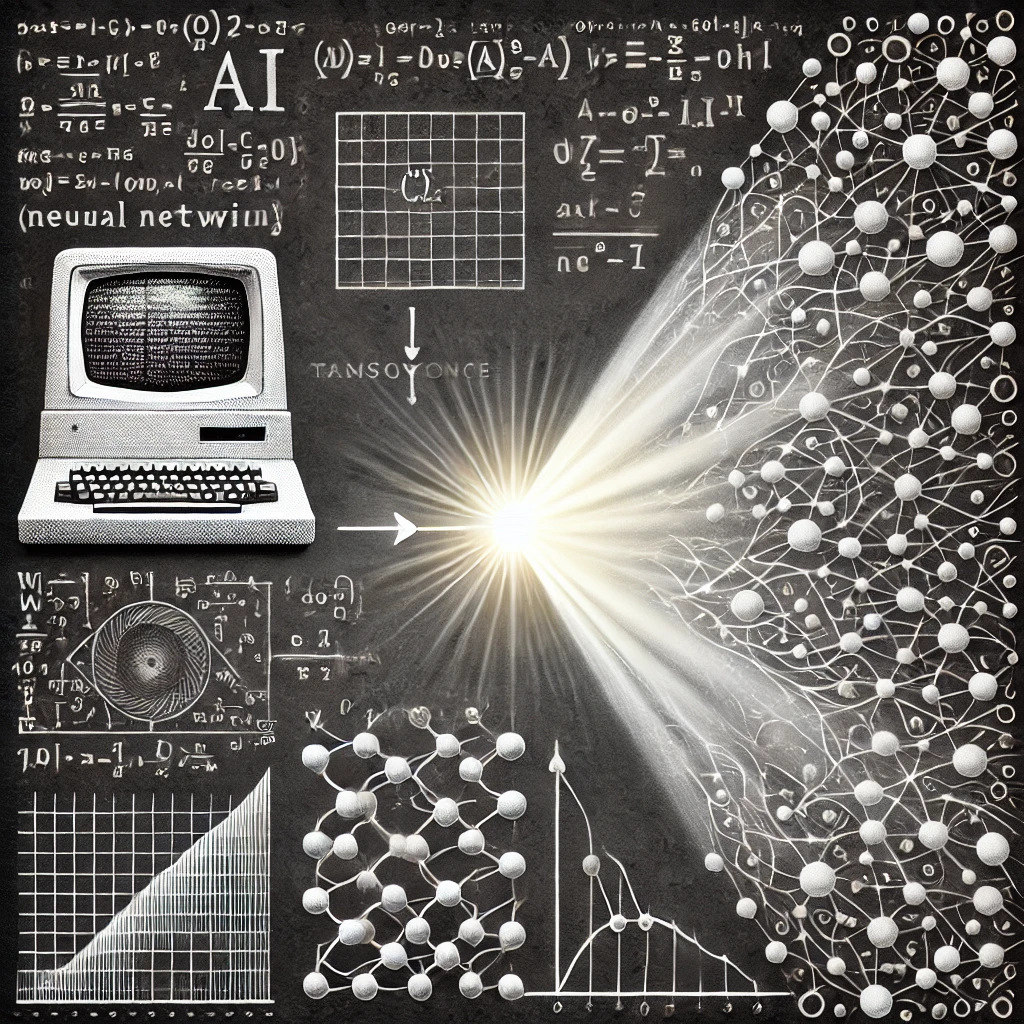
An image symbolizing the early days of AI and machine learning.
Bidirectional Long Short-Term Memory (BiLSTM)
Overview
Bidirectional Long Short-Term Memory (BiLSTM) is a variation of the standard Long Short-Term Memory (LSTM) neural network, which is widely used for sequence prediction tasks. LSTMs are designed to process sequential data while addressing the issue of vanishing gradients commonly encountered in traditional Recurrent neural networks (RNNs). BiLSTMs extend the basic LSTM by processing the input sequence in both directions—forward and backward—allowing the model to access both past and future context.
Key Components of LSTM
Before understanding BiLSTM, it’s important to recall the basic structure of LSTM:
- Cell State: A memory of long-term information that the network carries through time steps.
- Forget Gate: Determines which information to discard from the cell state.
- Input Gate: Decides what new information to add to the cell state.
- Output Gate: Defines what the next hidden state (output) should be.
LSTMs are able to preserve long-range dependencies by utilizing these gates to selectively retain or forget information, which is crucial for tasks like time-series forecasting, language modelling, and speech recognition.
Bidirectional LSTM Architecture
BiLSTM works by having two separate LSTM layers:
- Forward LSTM: This processes the sequence from the beginning (t = 1) to the end (t = T).
- Backward LSTM: This processes the sequence from the end (t = T) to the beginning (t = 1).
By doing so, BiLSTM networks combine the outputs from both directions. The hidden states at each time step are typically concatenated or combined, allowing the network to capture both past and future context within a sequence.
Advantages of BiLSTM
- Contextual awareness: Unlike traditional LSTMs, BiLSTMs are capable of understanding the full context of a sequence. The forward LSTM captures the context leading up to the current time step, while the backward LSTM captures the context from the future.
- Improved Performance: For tasks such as Named Entity Recognition (NER), sentiment analysis, and machine translation, BiLSTMs provide better results because they process the entire sequence from both directions.
- Sequence-to-Sequence Learning: BiLSTMs are particularly effective for tasks that require both understanding and generation of sequences, such as in machine translation or speech-to-text applications.
Applications
- Natural Language Processing (NLP): BiLSTMs have been widely used in NLP tasks like part-of-speech tagging, sentiment analysis, machine translation, and named entity recognition.
- Speech Recognition: By considering both past and future audio frames, BiLSTMs can enhance the transcription of spoken language.
- Time-Series Forecasting: In domains like finance and weather prediction, BiLSTMs help make predictions based on both past and future data.
- Text Generation: In systems that generate coherent text, BiLSTM models are capable of understanding context from both the beginning and the end of the sequence.
Limitations
- Increased Computational Cost: Processing the sequence in both directions doubles the number of computations compared to unidirectional LSTMs.
- Complexity: While BiLSTMs can capture richer contextual information, they are more complex to train and can require more data to avoid overfitting.
Conclusion
Bidirectional LSTMs are a powerful tool for sequence modelling, particularly when both past and future context is important for making accurate predictions. While they come with a higher computational cost and complexity, their performance improvements in tasks like NLP and speech recognition make them a valuable choice for many advanced machine learning applications.




0 Comments